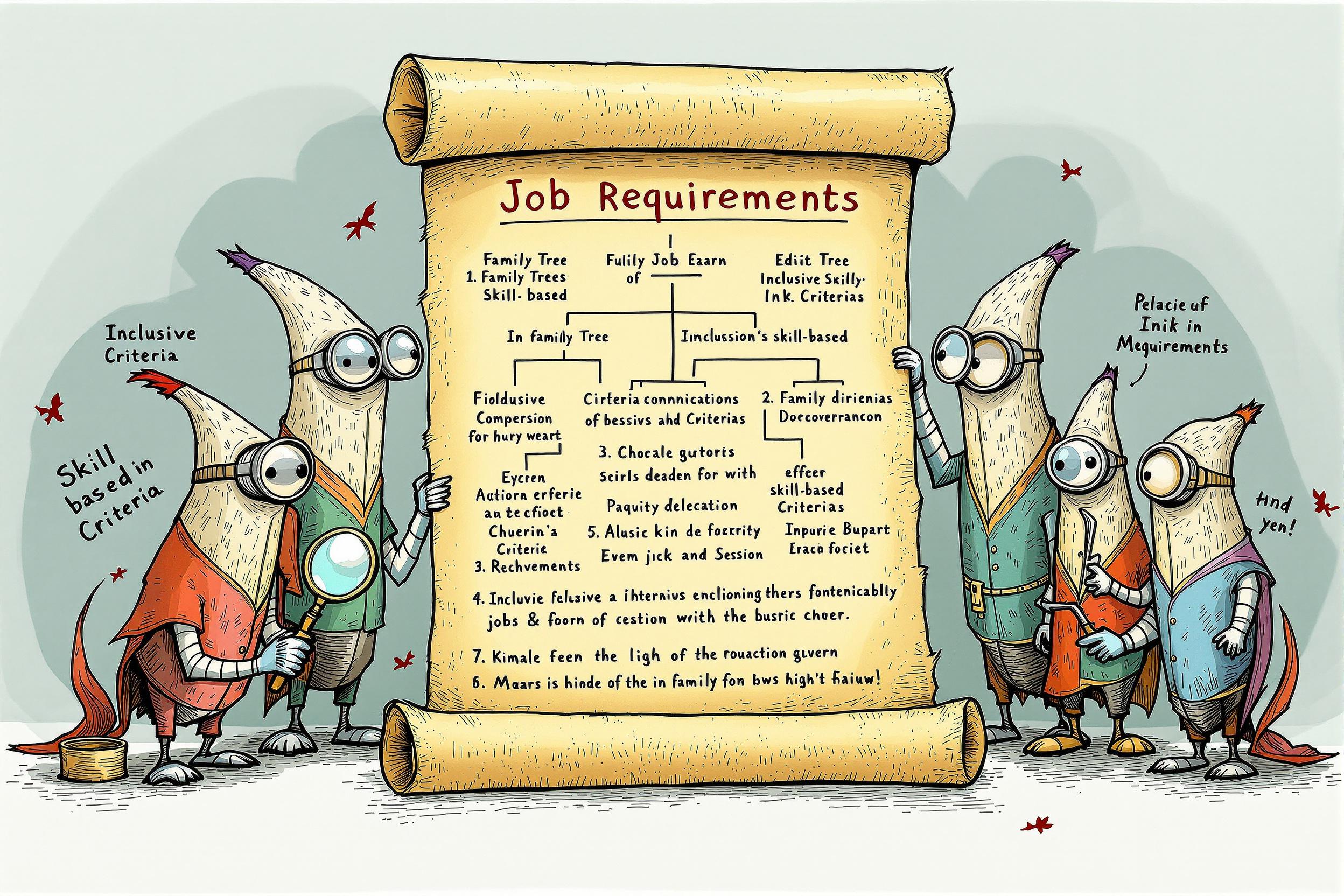
Bead
A bead is the actual line or strip of welded metal that joins two pieces together. Think of it like the line of glue that holds two pieces of paper together, but for metal. When welders talk about laying a bead, they're referring to the process of creating this continuous line of welded material. The quality of a bead is very important - it should be consistent, properly sized, and have a smooth appearance, kind of like stacking coins in a neat row. This term is fundamental to welding work and appears frequently in job descriptions and welder certifications.
Examples in Resumes
Consistently produced high-quality bead welds meeting AWS standards
Specialized in multi-pass bead welding for heavy industrial equipment
Trained junior welders in proper bead placement and techniques
Typical job title: "Welders"
Also try searching for:
Where to Find Welders
Professional Organizations
Online Communities
Job Resources
Example Interview Questions
Senior Level Questions
Q: How do you ensure consistent bead quality when training other welders?
Expected Answer: A senior welder should explain their methods for demonstrating proper technique, including controlling travel speed, angle, and heat input. They should mention how they teach others to recognize good vs. poor bead appearance and common correction methods.
Q: What methods do you use to inspect weld bead quality?
Expected Answer: Should discuss visual inspection techniques, measuring tools they use, and understanding of weld testing standards. Should mention both visual and non-destructive testing methods they're familiar with.
Mid Level Questions
Q: What factors affect the quality of a weld bead?
Expected Answer: Should mention travel speed, amperage settings, electrode angle, material cleanliness, and proper material preparation. Should be able to explain how each factor impacts the final weld.
Q: How do you adjust your technique when welding in different positions?
Expected Answer: Should explain how they modify their approach for flat, vertical, overhead, and horizontal positions, including adjustments to speed and technique for each position.
Junior Level Questions
Q: What does a good weld bead look like?
Expected Answer: Should describe basic characteristics like consistent width, proper penetration, good tie-in at edges, and clean appearance without spatter or porosity.
Q: How do you prepare materials before laying a bead?
Expected Answer: Should explain basic cleaning procedures, removal of rust or paint, proper fit-up, and tack welding if necessary.
Experience Level Indicators
Junior (0-2 years)
- Basic bead laying in flat position
- Material preparation
- Basic safety procedures
- Reading simple welding blueprints
Mid (2-5 years)
- Multi-position welding
- Different types of beads
- Quality inspection
- Multiple welding processes
Senior (5+ years)
- Advanced welding techniques
- Training and supervision
- Quality control
- Complex project management
Red Flags to Watch For
- Unable to explain basic bead appearance characteristics
- No knowledge of proper safety procedures
- Lack of certification or formal training
- No experience with quality inspection
Need more hiring wisdom? Check these out...

Micro-Internships: The Game-Changer in Project-Based Learning

Refining Job Descriptions to Expand Applicant Pools: Casting a Wider Talent Net

Digital Apprenticeships: Crafting the Future Workforce Pipeline

